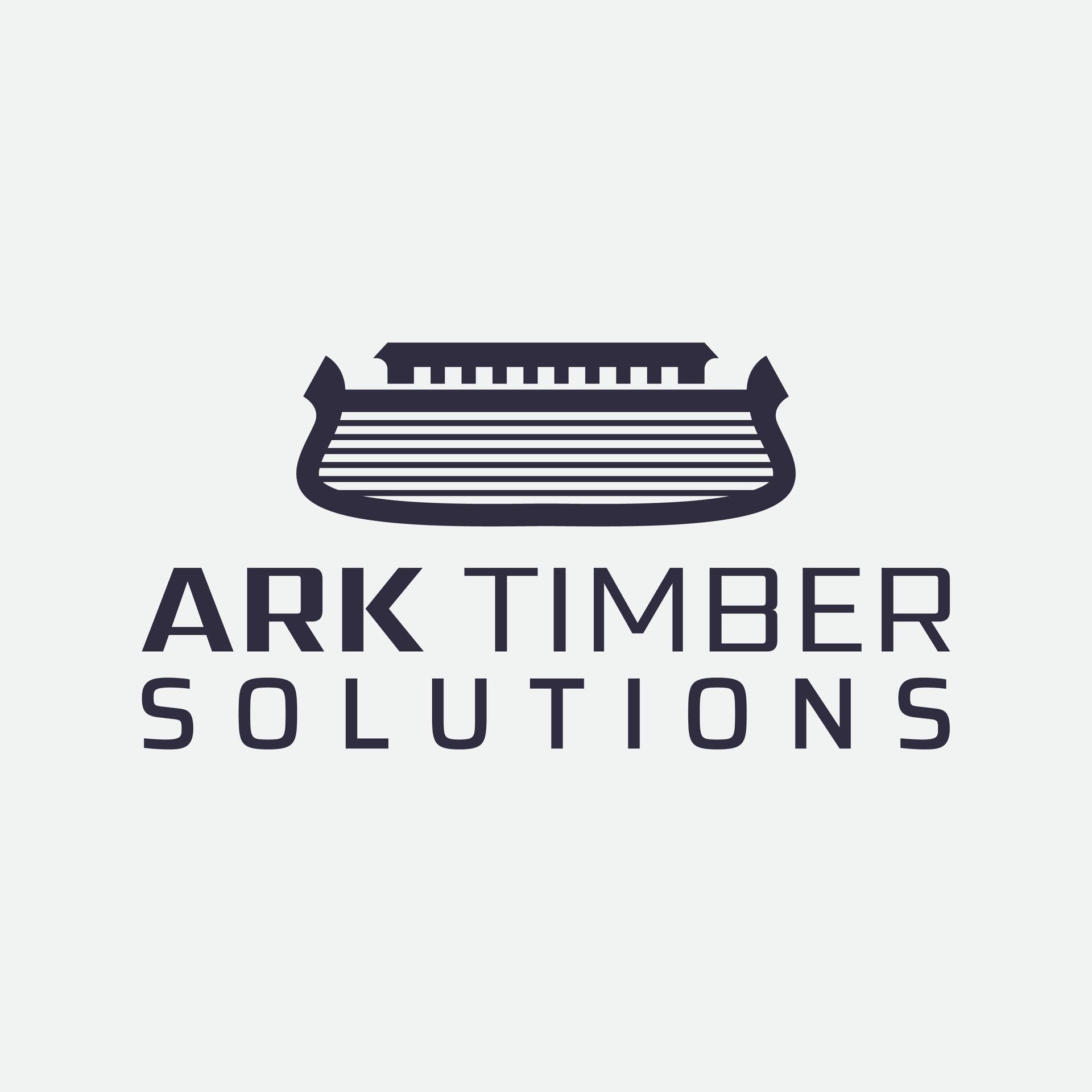Understanding the Essentials: What is Involved in Designing a House Extension?
Introduction to House Extensions
Designing a house extension is an exciting project that can add value and functionality to your home. It involves several key elements, from initial planning to the final construction phase. Understanding these essentials will help ensure a smooth process and a successful outcome.
House extensions are a practical solution for homeowners looking to gain extra space without moving. Whether you need additional bedrooms, a larger kitchen, or a new home office, an extension can be tailored to meet your specific needs.

Planning and Design
The first step in designing a house extension is thorough planning. Start by considering what you want to achieve with the extension. Define the purpose of the new space and how it will integrate with your existing home layout. It's essential to have a clear vision of the end result before diving into the design process.
Engaging with a professional architect or designer can be beneficial at this stage. They can help translate your ideas into practical designs, ensuring that the extension is both aesthetically pleasing and functional. Additionally, they can assist in navigating local building regulations and obtaining any necessary permits.
Budget Considerations
A crucial aspect of the planning phase is establishing a realistic budget. Consider all potential costs, including design fees, construction materials, labor, and any unexpected expenses that may arise. Setting a clear budget helps prevent financial surprises during the build.

Understanding Building Regulations
It's vital to familiarize yourself with local building regulations and zoning laws before commencing the project. These rules can affect various aspects of your extension, such as its size, height, and proximity to property boundaries. Compliance with these regulations is essential to avoid legal issues and potential fines.
In some cases, you may need to apply for planning permission from your local council. This process can take time, so it's wise to factor it into your project timeline. Working with professionals who understand these regulations can streamline the approval process.
Choosing Materials
Choosing the right materials is another critical decision in the design of a house extension. The materials should complement your existing home while meeting structural requirements. Consider factors such as durability, sustainability, and cost when selecting materials for your project.

Construction Phase
Once all plans are in place and approvals are secured, the construction phase begins. Hiring experienced contractors is essential to ensure quality workmanship and adherence to timelines. Regular communication with your contractor will keep the project on track and address any issues promptly.
It's also important to prepare for some disruption during the construction phase. Depending on the scope of the extension, parts of your home may be inaccessible for a period. Planning temporary arrangements can help minimize inconvenience.
Final Touches
After the construction is complete, focus on the final touches that will bring your vision to life. This includes interior design elements like lighting, furniture, and decor that enhance the functionality and aesthetic of the new space.
Consider how the extension integrates with your existing home, ensuring a seamless transition between old and new spaces. Thoughtful design choices will enhance your home's overall appeal and usability.

